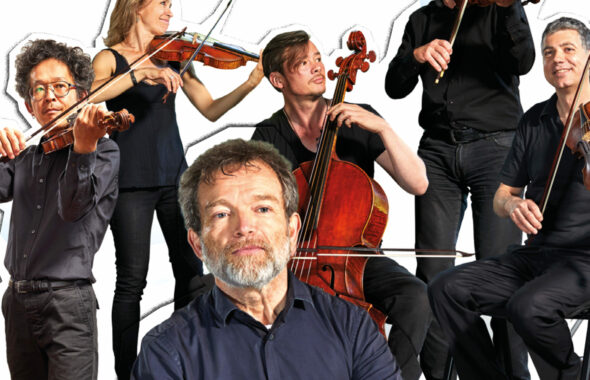
Jean-Baptiste Lully (1632–1687)
Ballet royal des Amours déguisés, LWV 21 (1664)
Armide, LW 71 (1686) – extracts
Jean-Marie Leclair (1697–1764)
Deuxième Récréation de musique, op. 8 (1737) – extracts
Michel Pignolet de Montéclair (1667–1737)
La Morte di Lucretia (1728) – cantata
Alessandro Scarlatti (1660–1725)
L’Arianna (ca 1700) – cantata
Georg Friedrich Händel (1685–1759)
Sonata n° 4, op. 5 in G Major, HWV 399 (1733) – extracts
Notte placida e cheta, HWV 142 (1708) – cantata
Soprano : Ambroisine Bré
Les Talens Lyriques
Harpsichord and musical direction : Christophe Rousset
Les Talens Lyriques here present a delicate anthology of intimate pieces, in which the instruments “converse” sometimes alone, sometimes with the voice.
This programme explores different musical forms of the Baroque period – operatic aria, cantata, sonata, suite – and moves between France and Italy. The declamatory style that frames the arias was developed by Lully when he created the tragédie lyrique. Different from opera, the cantata belongs to a chamber aesthetic aiming to create a new acoustic alchemy between voice and instruments. Handel and Leclair illustrate two different aspects of instrumental music: the latter’s light and charming Recreations de musique, typical examples of French suites, are more straightforward than most of the composer’s other chamber works and were intended for amateur musicians (“d’une exécution facile”), while Handel’s Sonata for two violins and continuo is full of vibrant instrumental virtuosity.